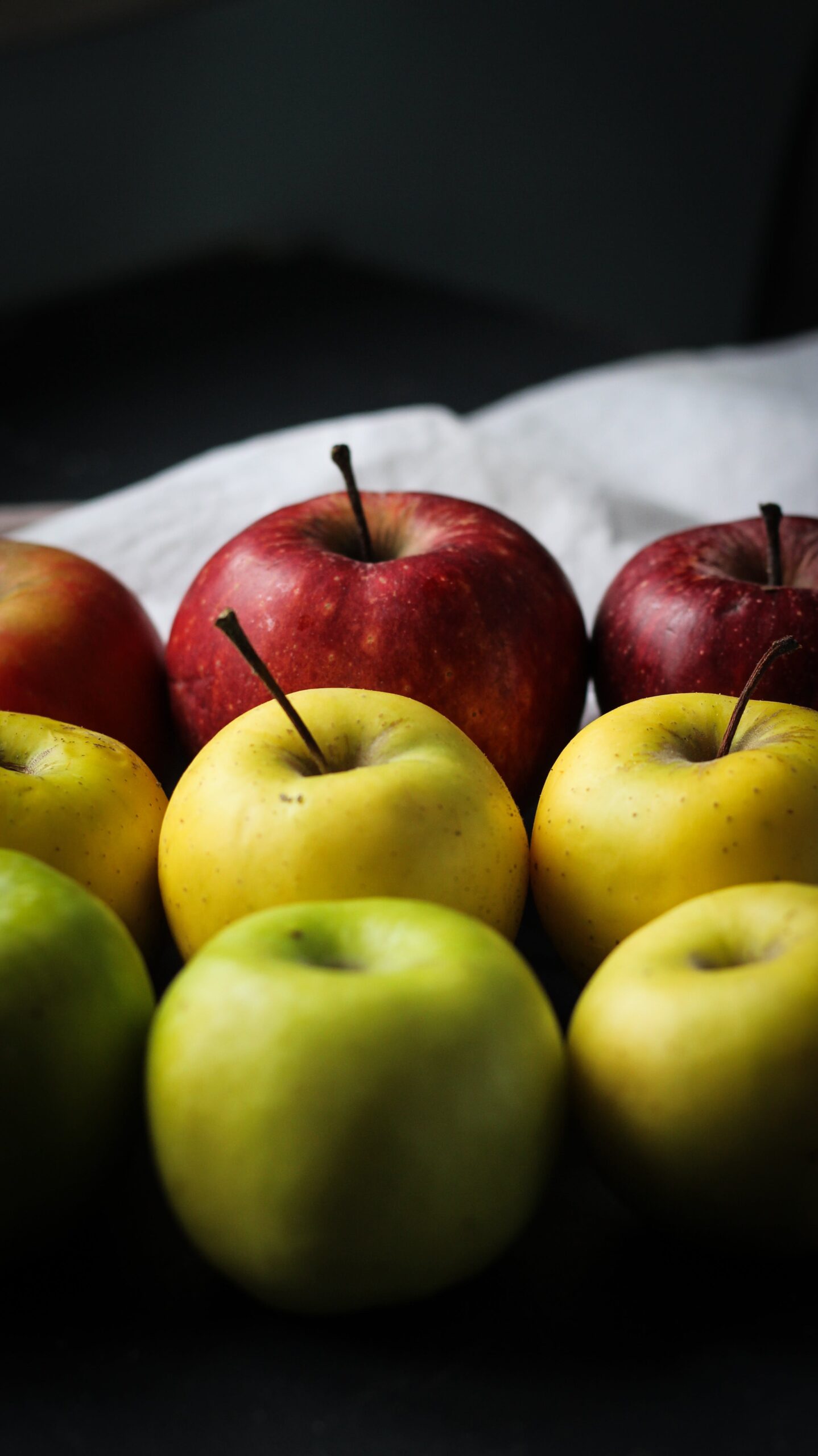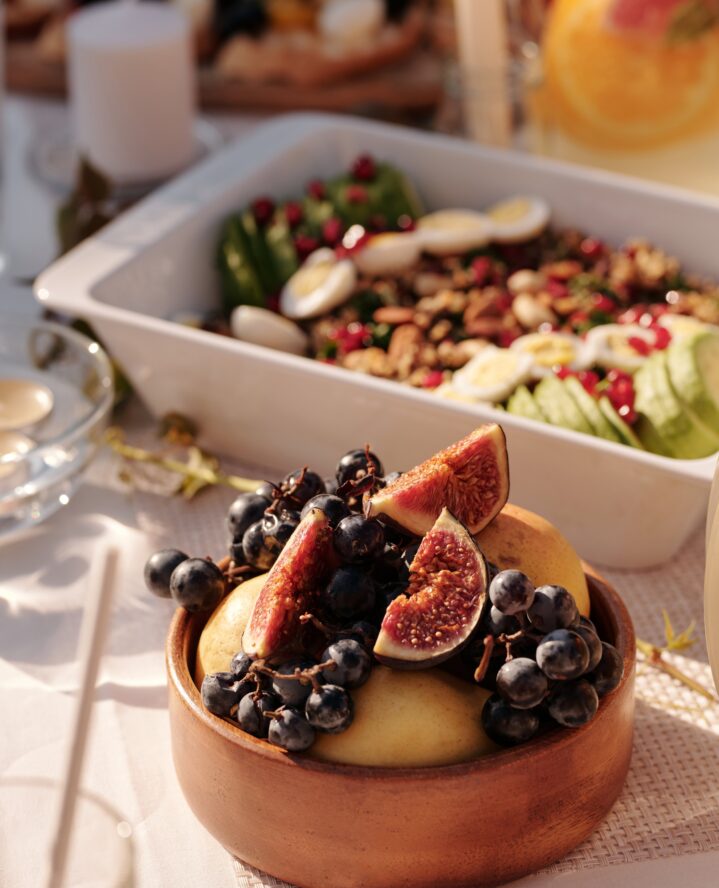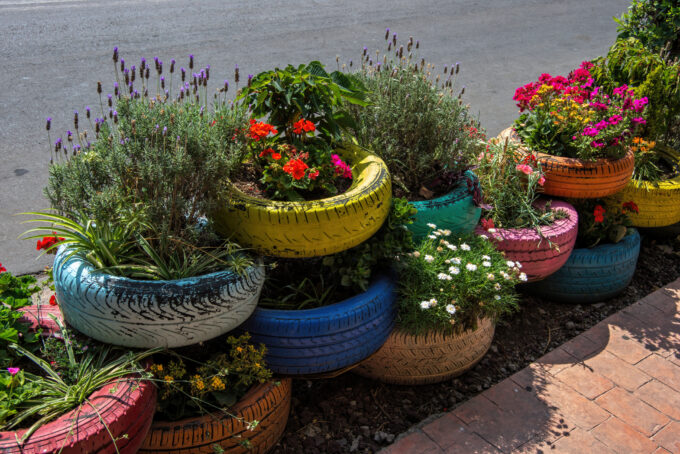We’re blessed to live in a modern world where, at any point in the year, if we crave things like strawberries or grapes, we can just go out and get them. But just because we can, does that mean we should? Eating seasonally is an afterthought because of the general accessibility to food. But there just might be something to the idea of eating based on what’s available during a certain time of year. Sure, it might sound a little “woo,” but if you think about it, our bodies are naturally influenced by our environment. It’s no coincidence that the full moon might make you feel a little more off than usual. Or that your joints somehow feel achy before a rainstorm. Correlate the environmental cues with what you put in your body, and you might be surprised by what you discover.

The Significance of Seasonal Eating
Eating seasonally is more than a culinary trend. It’s a lifestyle choice that connects us to the natural world and celebrates the ebb and flow of the seasons. But it goes beyond that, too. Seasonal produce is harvested at its peak, and packed with essential nutrients. This means you’re not just eating for taste, you’re nourishing your body with vitamins and minerals in their prime state. You’re not imagining craving a juicy, ripe peach in the summer or the comforting, earthy aroma of potatoes in the fall. We’re wired to enjoy in-season foods more because they are in sync with nature’s calendar.
The Benefits of Seasonal Eating
Embracing seasonal eating can have some surprising benefits to your overall health and overall well-being, among other things.
Natural Wellness Boost
Seasonal fruits and vegetables are bursting with vitamins, minerals, and antioxidants, giving your immune system a powerful boost and enhancing your overall vitality. Additionally, your body naturally adapts to the foods available in each season. By consuming what’s in season, you can improve digestion and reduce the risk of digestive issues.

Environmental Impact
Choosing locally grown foods drastically reduces the distance they need to travel, which in turn lowers greenhouse gas emissions associated with food transportation. Think about it, your tomatoes could have had a long journey from Chile to find their way to your grocery basket—not exactly appetizing, either.
Beyond that, supporting local farms and consuming seasonal produce helps also protect the diversity of crops and breeds, contributing to a healthier ecosystem. And, seasonal foods are typically grown with fewer pesticides and artificial inputs, which is not only better for your health but also promotes the well-being of the environment.
Practical Tips for Embracing Seasonal Eating
You don’t have to give up your year-round favorites, but if the idea interests you, start with just a couple of seasonal items and see how you feel. Here’s how.
1. Stay informed about what’s in season.
To become a seasonal eating pro, stay informed about which fruits and vegetables are currently in season in your region. There are plenty of online resources and mobile apps that you can glance at when you need a refresher.

2. Explore local farmers’ markets.
If you want to go the old-school route, one of the most delightful ways to embrace seasonal eating is by getting out into the wild and visiting local farmers’ markets. Here, you’ll find the freshest produce and have the opportunity to support local farmers and artisans.
3. Get creative with seasonal recipes.
Seasonal eating doesn’t have to be mundane. Experiment with new recipes that highlight the flavors and textures of seasonal ingredients. Summer strawberry spritzers? Party on. Pumpkin matcha in the fall? Move over, PSL.
4. Preserve the bounty.
When certain fruits and vegetables are in abundance during their respective seasons, consider preserving them for the off-season. You can create jams, pickles, or freeze produce to enjoy year-round.
popular posts
- 1It’s Black Business Month, So Let’s Go Shopping and #BuyBlack!
- 2These Home Decor Items Will Instantly Make Your Space Look Outdated
- 3Black-Owned Home Decor Stores To Support Across the United States
- 4A Look Inside Elon Musk's Tiny $50,000 House
- 57 Black and Multicultural Designers To Follow For Design Inspo
Kitchen

Unique Backsplash Ideas That Add Luxury to Your Kitchen
by Stephanie Taylor | January 19, 2023

These 5 Kitchen Tools Will Up Your Culinary Experience
by Arielle Clay | January 19, 2023
Spaces
Whether it’s luxury or ease, every area of your home should be as fabulous and unique as you.

Give Your Yard a Glow Up for Spring + Tips from a Pro!
by Melody Beuzelin | March 15, 2023
FOLLOW ALONG ON INSTAGRAM
#homeandtexture
Find us on social for more home inspiration where culture, personal style, and sophisticated shopping intersect to help you create a home where you love to live.





